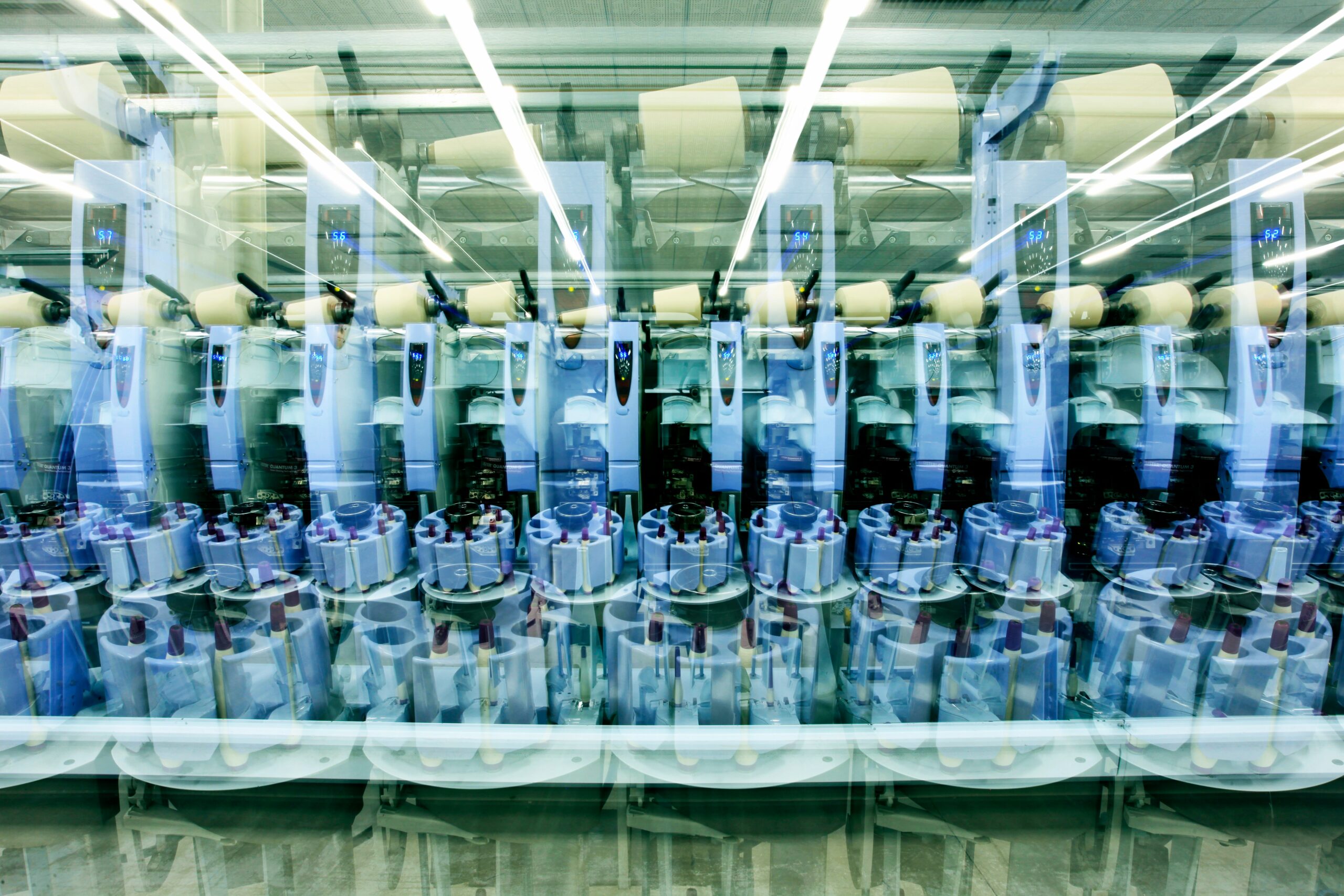For apparel brands, speed is the new margin.
The global supply chain used to favor whoever could produce cheapest.
Now, it favors whoever can adapt fastest.
That’s why apparel companies — from heritage labels to DTC startups — are rethinking their sourcing maps in 2025.
The goal isn’t just cost reduction anymore. It’s localization: moving production closer to the customer to improve control, agility, and profitability.
But the question is — how do you localize without losing margin?
The Real Drivers Behind Localization
Three main pressures are pushing apparel production closer to home:
- Speed to Market Fashion cycles have compressed. Instead of planning 12 months out, brands need 6-week replenishment cycles and on-demand restocks. Long lead times kill flexibility.
- Inventory Risk Overproduction leads to markdowns. Nearshore manufacturing helps brands order smaller batches more often — staying lean without stockouts.
- Customer Expectations “Made closer” is now part of brand storytelling — not just a logistics strategy. Consumers are rewarding transparency and local responsibility.
Together, these forces have turned localization from a niche experiment into a mainstream sourcing strategy.
The Cost Misconception
The biggest myth about localizing is that it’s too expensive.
Yes, labor costs in Mexico, Central America, and the U.S. are higher than in Asia — but that’s not the full picture.
When you calculate total landed cost, localized production often wins:
- Lower freight and duty costs
- Fewer air shipments (because you’re not chasing delays)
- Reduced write-offs from unsold inventory
- Faster cash cycles from quicker delivery
Margin isn’t just what you save — it’s what you avoid losing.
The New Apparel Sourcing Playbook
We’re seeing a clear pattern among brands that are getting localization right.
1. Regionalize by Product Tier
High-volume basics may stay in Asia where scale still matters, but high-turnover SKUs — like seasonal drops or capsule collections — move closer to the customer.
Example:
- Core styles: China or Vietnam
- Seasonal or limited editions: Mexico or Guatemala
- Sampling or small runs: U.S. or Colombia
It’s not “either/or.” It’s region by SKU.
2. Build Hybrid Supply Chains
Smart apparel companies now run dual-track production:
- Asia for scale,
- Nearshore for speed.
That duality gives you agility — the ability to respond to demand shifts without overcommitting.
We’ve helped brands maintain core lines in Asia while moving 20–30% of new styles to Mexico or Central America.
Result: faster sell-through, fewer stockouts, better cash flow.
3. Simplify Designs for Regional Efficiency
Localization rewards simplification.
Brands that adapt tech packs and trims for regional factories can reduce complexity and cycle time.
In other words: don’t just move your old process closer — redesign it for speed.
4. Partner Locally, Not Just Geographically
Proximity alone doesn’t guarantee performance.
The best apparel brands are choosing regional factories that offer:
- Digital sampling and pattern capabilities
- Integrated cutting/sewing operations
- Real-time communication in English or Spanish
Localization is about people and process as much as geography.
Case in Point: The “Fast-Response” Model
One mid-sized apparel client we supported moved 25% of production to Mexico for capsule collections.
Even with slightly higher per-unit costs, their gross margin improved by 8% — because they reduced:
- Freight and duties by 35%
- Inventory write-downs by 40%
- Delivery time from 75 days to 18 days
That’s the power of responsive manufacturing.
The Challenges You Can’t Ignore
Localizing apparel production isn’t plug-and-play. Expect to navigate:
- Capacity constraints: Regional factories book fast. Plan months ahead.
- Material sourcing gaps: Many Latin American and U.S. factories still import fabrics from Asia.
- Learning curves: Communication, compliance, and quality expectations take time to align.
But these are surmountable — especially when you build a network, not just a node.
The Apparel Sourcing Equation for 2025
The formula has changed:
Speed + Control + Visibility > Lowest Cost
That’s why “Made closer” doesn’t mean “Made at a loss.”
It means made smarter.
Sourcify’s Take
The best apparel sourcing strategies in 2025 look like this:
- Core production remains in Asia for scale.
- Nearshore regions handle fast-turn and trend-driven SKUs.
- Digital tools enhance visibility and control across both.
Localization isn’t about moving everything closer.
It’s about moving the right things closer — and doing it before you have to.
Looking to improve your sourcing or move production with confidence?
Our team helps brands find trusted factories, streamline production, and reduce risks when scaling or relocating manufacturing.
Schedule a Call to explore how we can support your sourcing goals.




